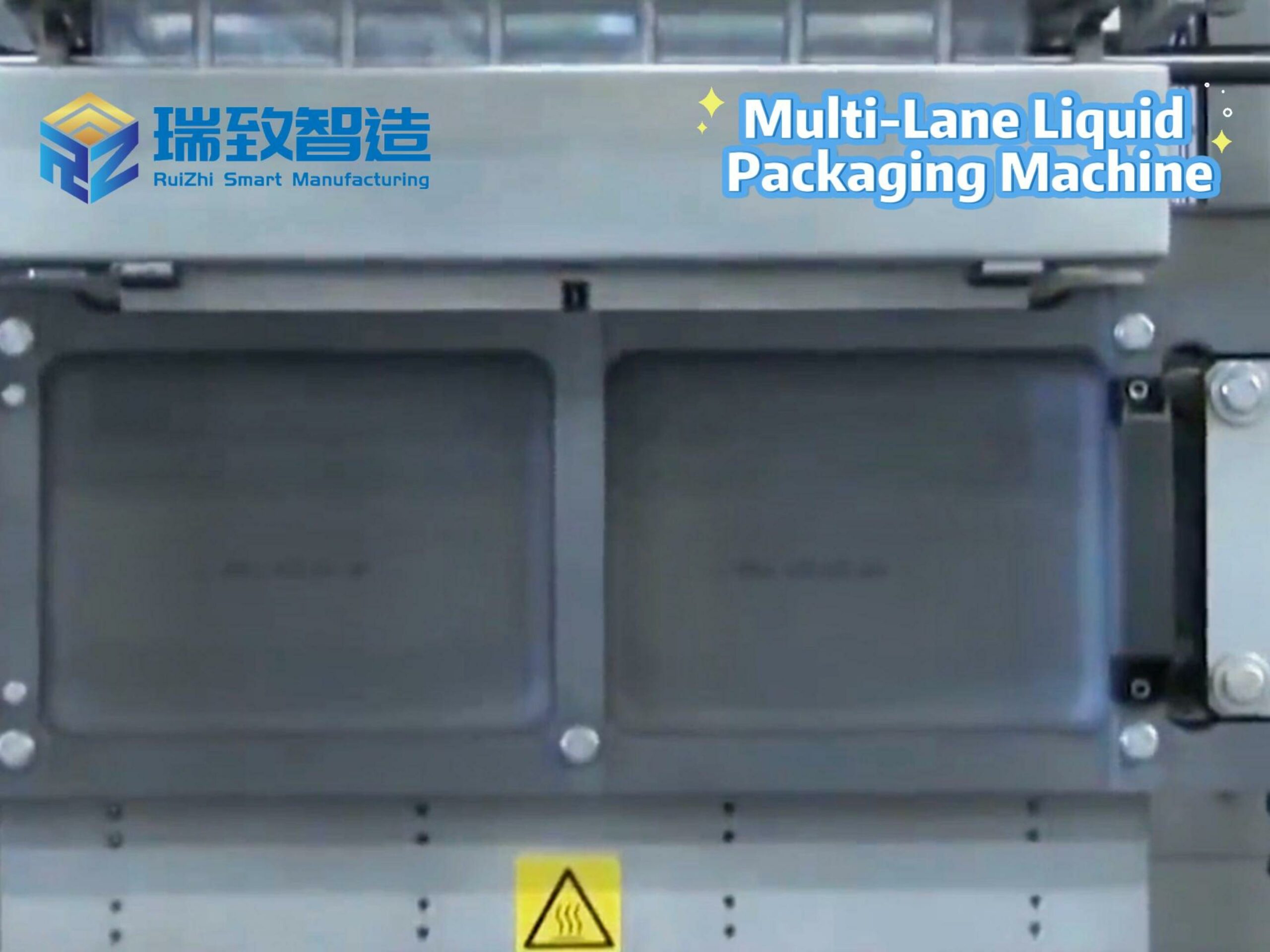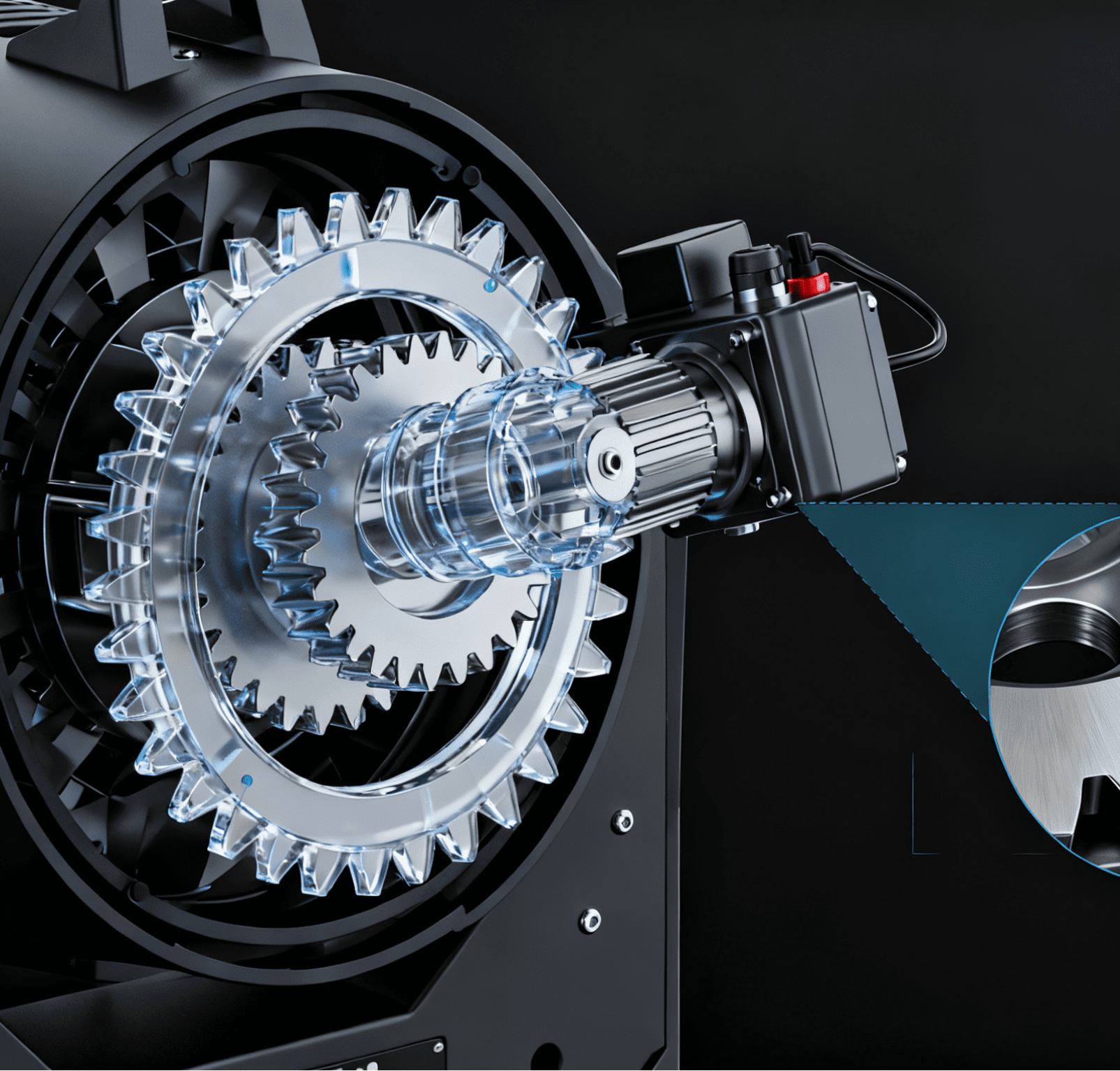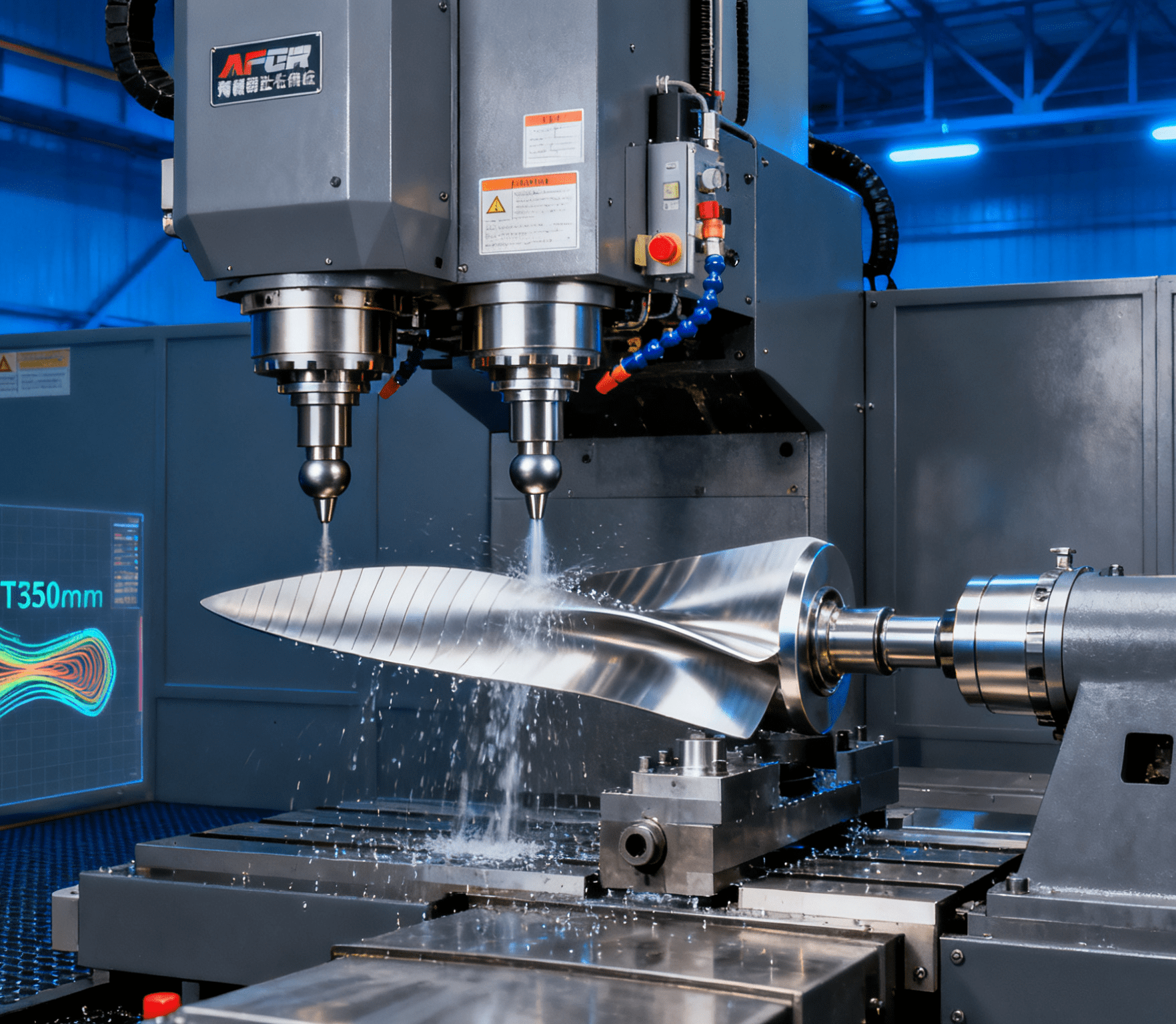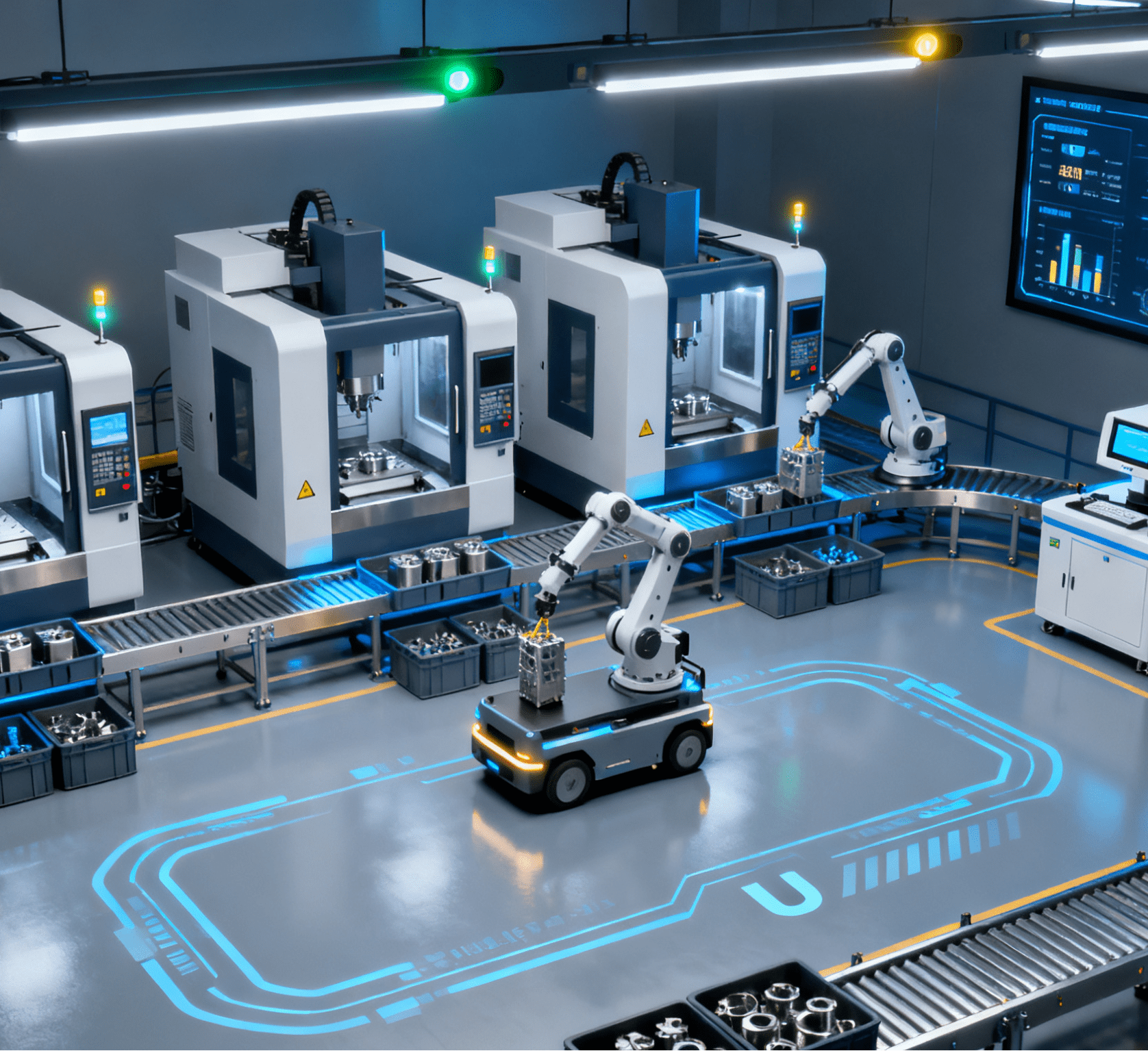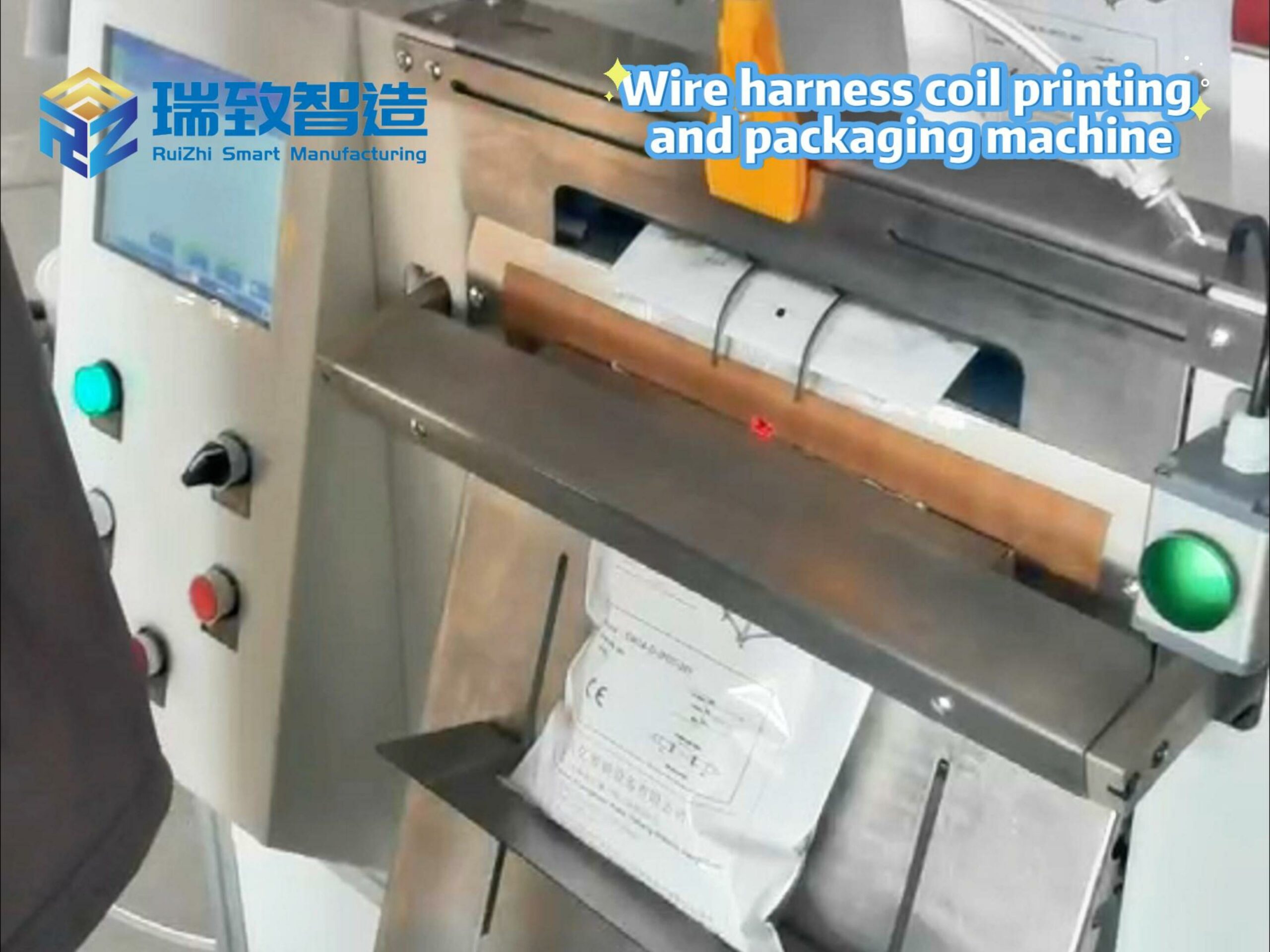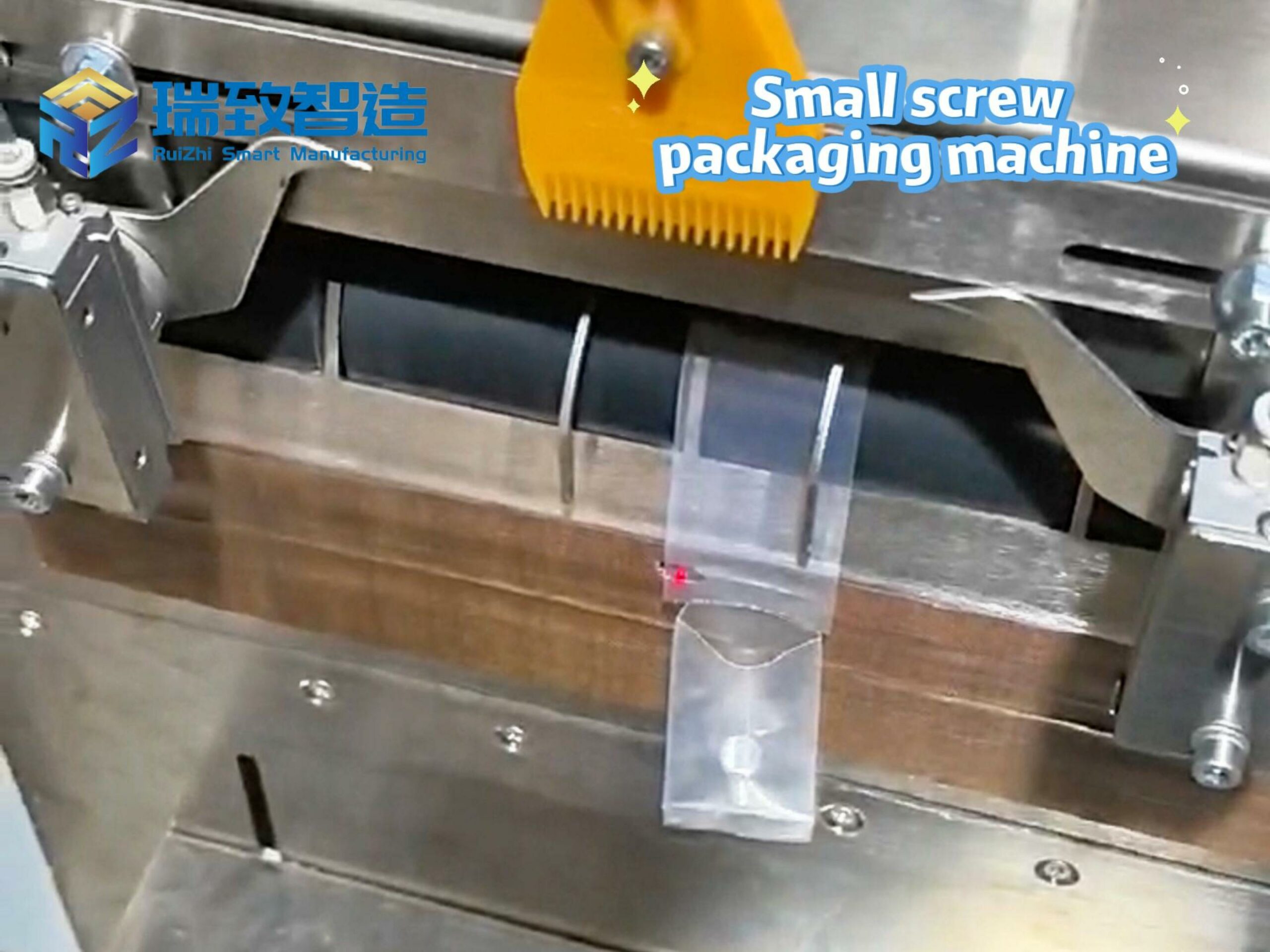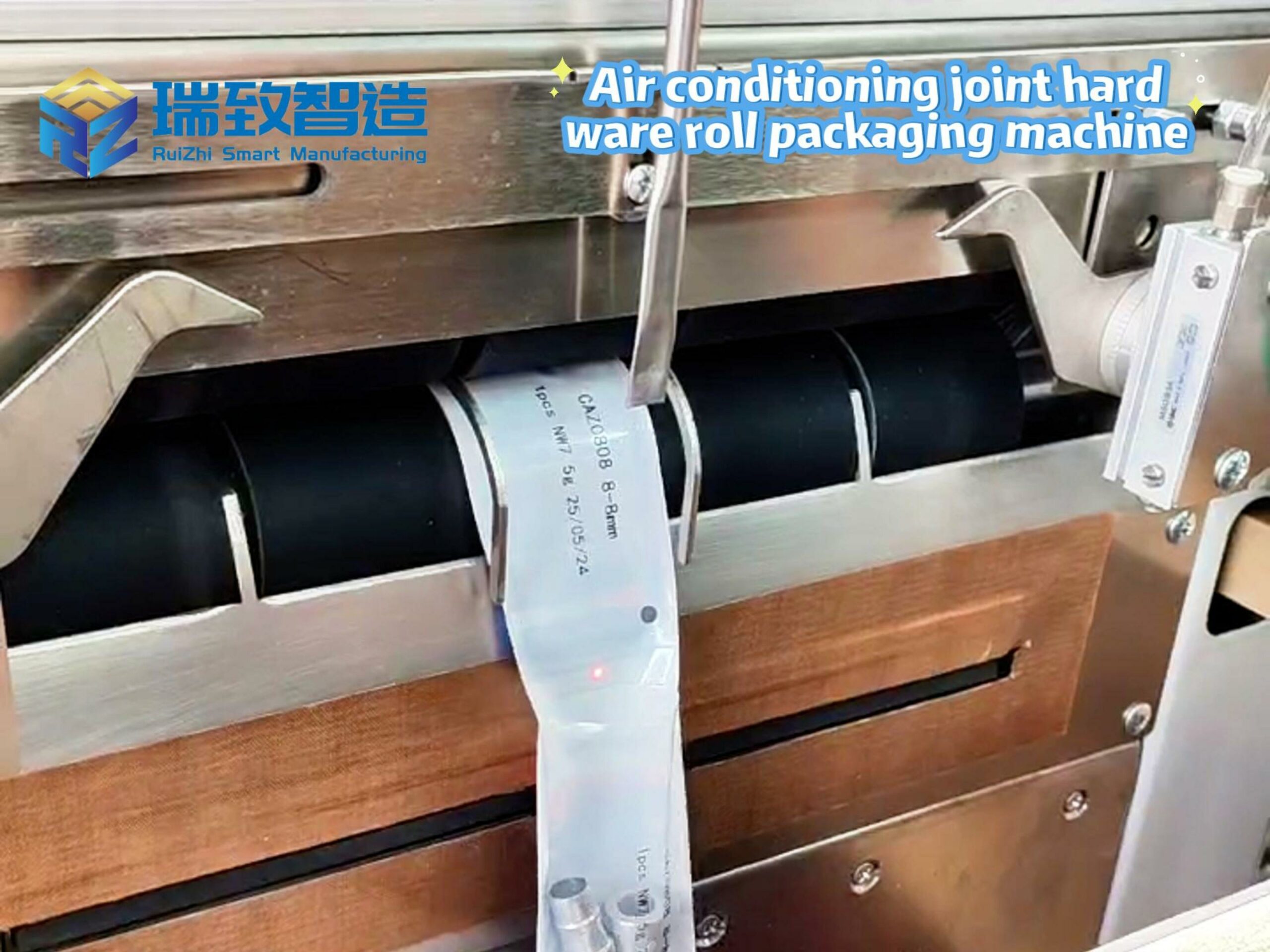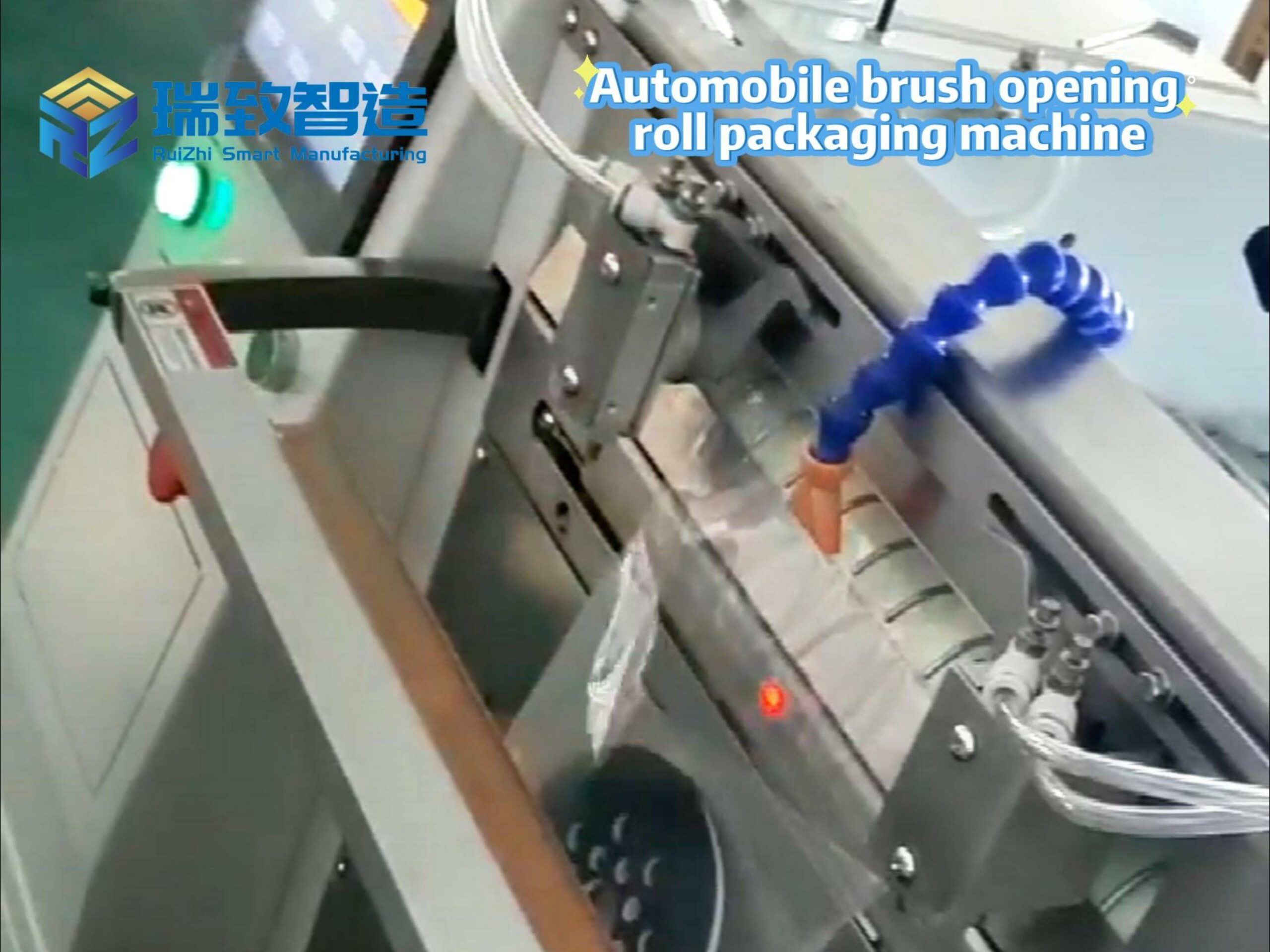Table of Contents
ToggleApplication of Cobots: Redefining “Collaboration” Models in Workshops
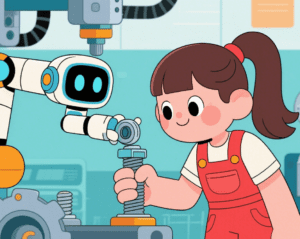
Against the backdrop of exploding demand for “human-machine collaboration” in manufacturing, collaborative robots (cobots) have transitioned from concepts to large-scale applications, emerging as the core solution to resolve the contradiction between “precision operations and human-machine safety”. From electronic component assembly to automotive interior polishing, and from medical device manufacturing to food sorting, cobots have broken through the traditional “human-machine isolation” production model through three breakthroughs: “force-control safety + intelligent interaction + flexible adaptation”, redefining workshop “collaboration” rules and propelling manufacturing into an era of “human-machine integration”.
I. Technical Core of Human-Robot Collaboration: Three-Dimensional Breakthroughs in Safety, Flexibility, and Intelligence
The essence of cobots lies in constructing a “trustworthy human-machine interaction system”, requiring breakthroughs in the technical boundaries of traditional industrial robots:
1. Safety Technology System: From “Isolation Protection” to “Active Risk Avoidance”
- Force Control Sensing System:
- Six-dimensional force sensors (precision ±0.1N) monitor human-robot collision forces in real time. When contact force exceeds the safety threshold (e.g., 15N), the robot halts emergently within 0.1 seconds to prevent work injuries (traditional industrial robots can exert collision forces of 100N+).
- Safety skin technology: The robot’s surface is covered with a pressure-sensitive resistor array, immediately triggering a “decelerate-stop” logic upon human contact, with a response time <50ms.
- Safety Standard Compliance:
- Complies with ISO/TS 15066 cobot safety specifications, passes TÜV certification, and supports safety integrity level PLd (performance level equivalent to 99.9% safety reliability).
- Dynamic Safety Zone Planning:
- 3D LiDAR constructs real-time safety zones. When personnel approach, the robot automatically switches to “low-speed mode” (speed reduces from 1m/s to 0.2m/s) and resumes normal operation after personnel leave, eliminating the need for physical barriers.
2. Interactive Interface Innovation: From “Code Programming” to “Natural Collaboration”
- Teaching Interaction:
- Drag teaching: Workers directly drag the robotic arm to demonstrate movements, and the robot automatically records trajectories (precision ±0.5mm), reducing programming time from 4 hours to 10 minutes.
- Voice control: Through natural language commands (e.g., “grab the phone middle frame”), the robot completes tasks in combination with visual recognition, lowering operational barriers.
- AR-Assisted Programming:
- Workers wear AR glasses to “draw” robot paths in a virtual space, and the system automatically generates programs, suitable for non-standard operations (e.g., polishing irregular parts).
- Gesture Recognition:
- Cameras + AI algorithms identify gestures (e.g., “pause”, “continue”), enabling contactless human-machine interaction, ideal for clean environments (e.g., medical, food industries).
3. Flexible Operation Capability: From “Rigid Execution” to “Adaptive Operation”
- Force-Controlled Assembly Technology:
- In screw tightening scenarios, the force control system adjusts tightening torque in real time (precision ±0.05N·m) to avoid over-tightening (damaging threads) or under-tightening (loosening), increasing yield from 95% to 99.8%.
- Vision-Force Control Collaboration:
- During electronic component welding, visual positioning (precision ±0.02mm) + force control compensation (0.1N-level pressure control) enable non-destructive welding on 0.1mm pads.
- Flexible End Effectors:
- Silicone soft grippers (gripping force 0.1-0.5N) adapt to fragile items (e.g., glass covers), while pneumatically driven fingers can deform to grasp irregular objects (e.g., wire harnesses, fabrics).
II. Scenario Penetration: Industry-Wide Adaptation from 3C to Automotive
The value of cobots delivers differentiated breakthroughs across diverse sectors:
1. 3C Electronics: “Human-Machine Dance” in Precision Assembly
- Mobile Phone Screen Lamination:
- Cobots + force control systems (pressure control ±0.2N) achieve bubble-free lamination of OCA optical adhesive, increasing yield from 90% to 99.5%, while reducing labor from 8 to 2 workers per shift.
- Chip Packaging:
- Vision guidance + micro-force control (0.05N-level) enables grabbing 0.5mm×0.5mm MEMS chips, reducing breakage rate from 1.2% to 0.1%.
- Case Data: After introducing cobots, a 3C electronics OEM saw precision assembly efficiency increase by 40%, labor costs drop by 75%, and product defect rates decrease by 83%.
2. Automotive Manufacturing: Balancing Safety and Efficiency
- Interior Component Installation:
- Force-controlled robots + visual positioning enable flexible installation of dashboards and door panels (e.g., snap fitting force controlled at 5-8N), preventing plastic deformation, with assembly efficiency of 200 pieces/hour (manual only 80 pieces/hour).
- Automotive Glass Gluing:
- Cobots + laser ranging (precision ±0.1mm) apply glue uniformly along glass curves (glue width error ±0.5mm), saving 20% glue and reducing labor from 6 to 1 worker.
- Safety Value: After introducing cobots, a German automaker eliminated assembly-related work injuries, complying with EU CE machinery safety standards.
3. Medical Devices: Precision Operations in Clean Environments
- Syringe Assembly:
- In aseptic environments, cobots + anti-contamination coatings (surface roughness Ra<0.8μm) achieve 0.1mm-level alignment of pistons and barrels, with a yield of 99.9%, meeting GMP certification requirements.
- Orthopedic Instrument Polishing:
- Force control systems regulate polishing pressure (5-10N) to avoid excessive surface wear (roughness Ra<0.4μm), tripling polishing efficiency and reducing labor from 10 to 2 workers.
- Compliance Achievements: A medical device manufacturer reduced product recall rates by 70% and cut FDA inspection defects from 12 to 3 items through cobots.
III. Case Study: A Mobile Phone Manufacturer’s “Fenceless Production Line” Revolution
Facing the flexible demand for mixed-model production of multiple phone types, traditional lines suffered from “slow changeovers, human-machine isolation, and low efficiency”:
Pre-Transformation Pain Points
- Manual assembly: Low efficiency (yield 92%) in precision processes (e.g., camera module installation), requiring isolation from industrial robots and resulting in low space utilization.
- Changeover costs: Reprogramming industrial robots for model switches took 2 hours, causing production line shutdown losses of ¥50,000 per instance.
- Safety risks: Industrial robot areas required guardrails, occupying large footprints and posing accidental touch risks.
Cobot Solution
- Hardware Deployment:
- 5 six-axis cobots (10kg load, repeat positioning precision ±0.02mm) operate collinearly with humans without guardrails.
- Force control systems + visual guidance enable 0.05mm-level positioning and 0.3N-level grabbing force control for camera modules.
- Software Innovation:
- Parametric process library: Presets assembly parameters for 20 phone models, activated via QR code scanning, reducing changeover time from 2 hours to 10 minutes.
- Human-machine interface: Workers adjust robot movements in real time via touchscreens, eliminating programming needs.
- Safety Design:
- Force sensors monitor collisions in real time (safety threshold 15N), halting upon contact, compliant with ISO/TS 15066.
- 3D LiDAR dynamically divides safety zones, automatically decelerating robots when personnel approach.
Post-Transformation Achievements
| Dimension | Before Transformation | After Transformation | Improvement |
| Assembly Yield | 92% | 99.5% | ↑8.2% |
| Changeover Time | 2 hours/instance | 10 minutes/instance | ↓91.7% |
| Стоимость рабочей силы | 15 workers/shift | 5 workers/shift | ↓66.7% |
| Floor Area | 200㎡ | 120㎡ | ↓40% |
| Safety Accidents | 3 cases/year | 0 cases | 0 |
IV. Three Key Steps for Implementing Human-Robot Collaboration
From solution design to stable operation, three challenges must be overcome: “safety, interaction, adaptation”:
1. Requirement Diagnosis: Safety First, Efficiency Parallel
- Risk Assessment:
- Analyze the safety level of operational scenarios (e.g., assembly processes are “low-risk” suitable for cobots; welding processes are “high-risk” requiring extra protection).
- Quantify human-robot collaboration needs (e.g., “robots need to assist in assembly while workers conduct inspections”) to determine collaboration modes (e.g., shared space, alternating operations).
- Efficiency Calculation:
- Compare the cost-effectiveness of manual labor vs. cobots (e.g., manual labor costs ¥80/hour, cobot depreciation costs ¥30/hour) to prioritize transformation.
2. Solution Design: Safety Verification and Interaction Simulation
- Force Control System Debugging:
- Calibrate robots using standard force sensors (precision ±0.01N) to ensure collision forces remain within safety thresholds (e.g., 15N).
- Simulate human-robot collision scenarios (e.g., accidental arm contact with the robot) to verify shutdown response time (required <0.1 seconds).
- Interaction Process Preview:
- Simulate worker-robot collaboration processes (e.g., “worker loading→robot assembly→worker unloading”) in a virtual environment to optimize action timing, reducing waiting time by 20%.
- Flexible Adaptation Design:
- Design robot adaptive algorithms (e.g., force control compensation ±0.05mm) based on product dimensional tolerances (e.g., mobile phone middle frame tolerance ±0.1mm) to ensure assembly compatibility.
3. Debugging and Optimization: From “Human-Machine Coexistence” to “Human-Machine Integration”
- Safety Compliance Verification:
- Invite third-party agencies to conduct ISO/TS 15066 certification tests to ensure safety functions (force control, zone protection) meet standards.
- Operate continuously for 30 days to verify collision shutdown reliability (false trigger rate <0.1 times/day).
- Human-Robot Collaboration Running-In:
- Collect worker operation habits (e.g., preferred working distance 1.2m) to adjust robot action parameters (e.g., speed, path) for improved human-robot collaboration comfort.
- Process Iteration:
- Establish a “problem feedback loop” where workers report collaboration issues (e.g., “robot picking position is too high”) via APP, with engineers optimizing programs within 24 hours.
V. Future Trends: Collaborative Evolution Driven by AI and Flexibility
The next frontier for cobots is the deep integration of “intelligence + flexibility”:
- Brain-Computer Interface Collaboration: Workers send thought commands (e.g., “grab parts”) via EEG headbands, with AI parsing intentions and controlling robot movements, featuring response times <0.5 seconds, suitable for high-risk environments.
- Self-Learning Collaboration Systems: Robots observe worker operations through reinforcement learning and autonomously optimize movements (e.g., imitating workers’ “obstacle avoidance paths”), reducing new process learning time from 8 to 2 hours.
- Soft Collaborative Robots: Using shape memory alloys + hydraulic drive, these robots mimic the flexible movements of octopus tentacles, with gripping force ≤0.1N, applicable to medical scenarios like organ transplantation.
- Cloud Collaborative Platforms: Cobots in multiple factories share best practices (e.g., “optimal screw tightening parameters” from one factory automatically synchronized to global production lines), improving process optimization efficiency by 50%.
The essence of cobots is “reconstructing human-machine relationships with technology”—they not only solve safety issues but also transform robots from “machines” to “colleagues” through intelligent interaction and flexible operation. As more enterprises break through the technical barriers of “human-machine integration”, workshops will evolve from cold “human-machine isolation” environments to smart spaces of “human-robot collaboration”, unleashing the ultimate human value in manufacturing.
“flexible assembly line” “flexible assembly” “flexible robotics”

